Featuring an array of 250 x 400 W solar panels, the system is currently tracking at 90% carbon positive, having produced 24 MWh of energy to date. “Here at SEA Electric, we are proud to be leading the charge to eliminate CO2 emissions through our range of all-electric trucks; the next logical step has been to run our manufacturing facility purely on solar power,” said Glen Walker, SEA Electric vice president – Asia Pacific. “Electricity generation and transport are the two biggest producers of carbon dioxide in Australia, so all-electric transport powered by renewable energy makes a lot of sense moving forward. “For new SEA Electric owners, making the switch to zero-emissions logistics eliminates diesel consumption and lowers maintenance costs, with fewer moving parts requiring less ongoing servicing. “The SEA Electric range provides financial advantages for daily use over conventional trucks, even if charged by power supplied from the grid.” Electric vehicles are only one aspect of the new energy ecosystem, with the vehicles having the ability to provide energy storage opportunities, which in the future will pave the way to further power grid stability and flexibility. The founder and CEO of SEA Electric, Tony Fairweather, has first-hand insight regarding the deployment of large-scale electric-powered fleets in the USA. “Many of these large fleets utilise their vehicles for less than half of a 24 hour day; the balance is spent in depot yards, where rooftop solar panels can generate ample power supply to fully charge their batteries,” he said. “Consider a future transport depot to be a nationally networked, renewable power plant, not only charging fleets but also offering excess stored energy back into the power grid, possibly supported by additional on-site battery storage. “While Moss Landing in California houses the world’s largest and most expensive battery storage facility, SEA Electric plans to deploy more battery capacity in 2024 than that entire facility. “Essentially it is mobile and readily available storage ‘on wheels’. “With Australia now agreeing to achieve net-zero emissions by 2050 at the recent UN Climate Change Conference (COP26), look no further than networked depot power plants to contribute substantially to achieving this critical milestone. “Generations to come are depending on it”.

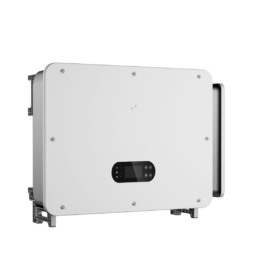
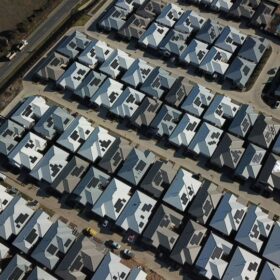
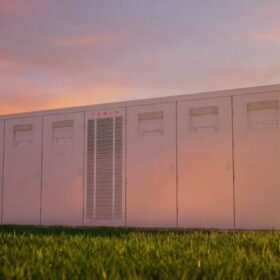
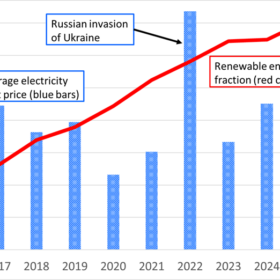
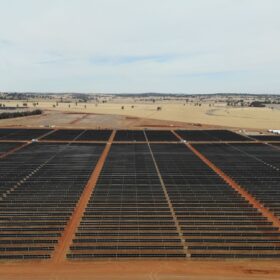
By submitting this form you agree to pv magazine using your data for the purposes of publishing your comment.
Your personal data will only be disclosed or otherwise transmitted to third parties for the purposes of spam filtering or if this is necessary for technical maintenance of the website. Any other transfer to third parties will not take place unless this is justified on the basis of applicable data protection regulations or if pv magazine is legally obliged to do so.
You may revoke this consent at any time with effect for the future, in which case your personal data will be deleted immediately. Otherwise, your data will be deleted if pv magazine has processed your request or the purpose of data storage is fulfilled.
Further information on data privacy can be found in our Data Protection Policy.